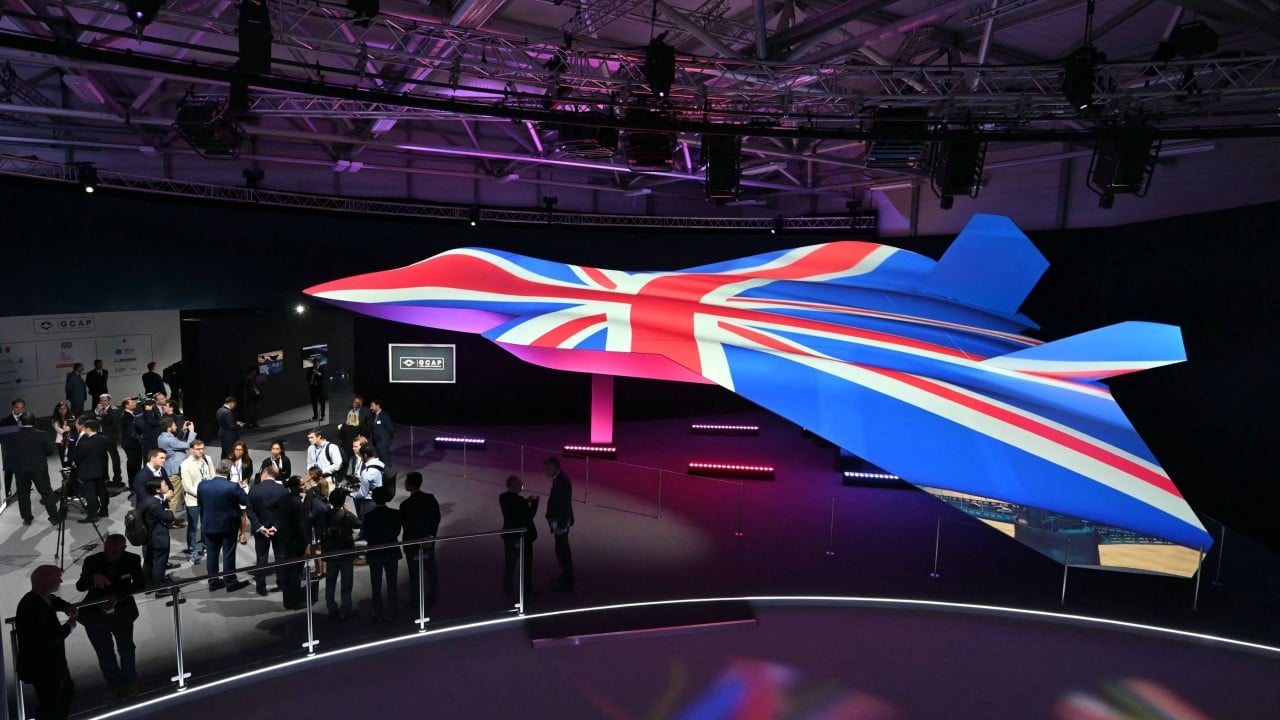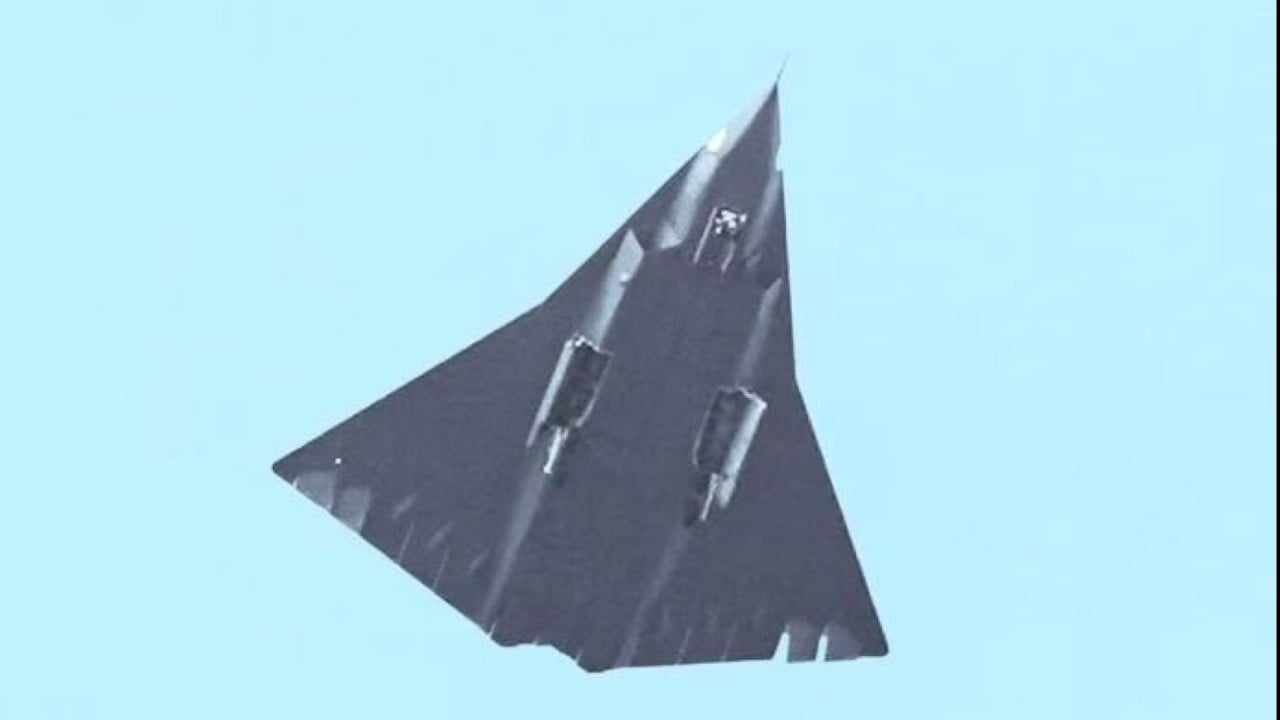A senior figure involved in the development of an advanced European-Japanese fighter jet justified the amount of resources earmarked for the project over the next decade based on the need to keep pace with China even as the military also faces the near-term risk of more Russian aggression in Europe.
Advertisement
“The immediate threat can be managed with current weapons systems. The evolution of the threat also has to be managed,” Brigadier General Edoardo de Santo, senior commanding engineer at Leonardo SpA., said in an interview.
Leonardo is the main Italian partner in the Global Combat Air Programme, a project with the UK and Japan formalised last year to develop a sixth-generation stealth fighter aircraft with a goal of having it enter service in 2035.
The countries are aiming for the GCAP fighter to exceed the capabilities of current fifth-generation fighters such as the F-35 in areas such as target location and avoiding detection. Plans call for the fighter to serve as a flying control centre for drones and other military assets in addition to operating its own weapons systems.
The design of the aircraft is not scheduled to be confirmed until next year as the nations involved rethink the role of the stealth fighter to try and retain an edge over rivals such as China.
Advertisement
A rare indication of the progress of China’s military technology came recently when Pakistan said it used Chinese-made fighter jets to shoot down French-made Indian fighters during the recent escalation in military tensions. While the claim has not been confirmed, it heightened speculation that China’s focus on modernising its military is making significant progress.


